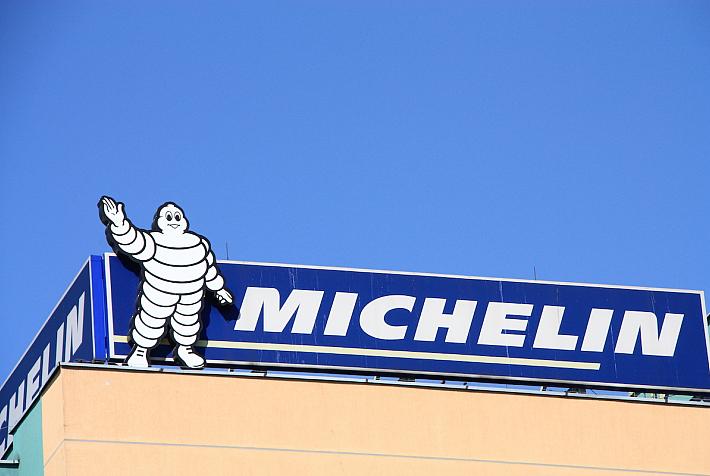Railway company CEO: Train speed in Romania, lower than during interwar period

Romania’s railway infrastructure currently has 705 speed restrictions, said Marius Chiper, the general director of the state railway company CFR.
The network’s designed speed is 85 km per hour. The commercial speed, which includes stops, is 50 km per hour. In the interwar period, the commercial speed reached 60 km per hour, according to Chiper.
“We have several types of speed. The average technical speed is 70 km per hour, the real average speed, including stops is 50 km per hour, the commercial speed for passenger trains is 45 km per hour and for the freight trains it is 20 km per hour, due to restrictions for the workers’ protection,” the CFR CEO explained in a conference organized by local business weekly Capital.
Romania risks losing strategic positions, as well as EU funds due to its weakly developed infrastructure, said Sergiu Manea, CEO of the largest local lender BCR, at another conference.
He gave the example of the Hamburg-Istanbul railway which is thoroughly electrified, except for the Craiova-Calafat segment in Romania. “If Romania does not rapidly solve this problem, this important commercial route will be deviated through the Western Balkans,” Manea said.
DB Schenker Rail: Our trains go at 19 km per hour in Romania
editor@romania-insider.com















